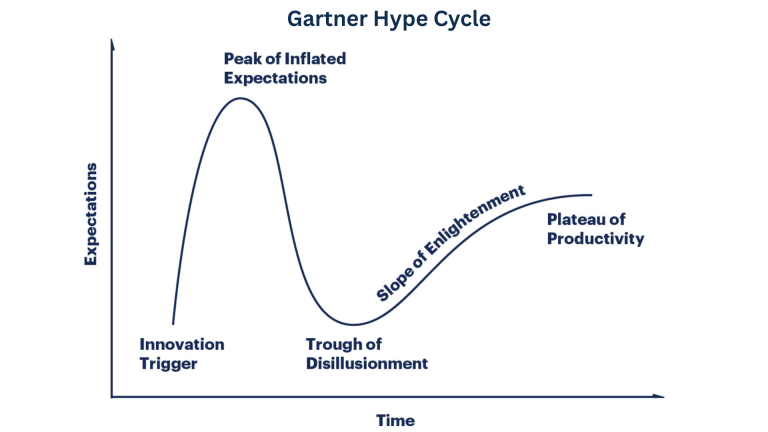How AI Agents Actually Work, and Why It Matters for Business
For most business leaders, “AI agents” sound like a futuristic buzzword, another layer on top of an already complex field. But in reality, AI agents represent the next practical step in how companies make artificial intelligence truly useful. They aren’t about bigger models or faster processing. They’re about coordination, teaching AI systems to plan, delegate, and learn from outcomes in ways that mirror how great teams operate.
From Single Answers to Coordinated Actions
Until recently, most AI systems acted like advanced calculators: you ask a question, and they produce an answer. But business problems rarely fit into single questions. They require multiple steps: gathering context, evaluating tradeoffs, consulting past results, and presenting decisions with supporting evidence.
That’s where AI agents come in. Instead of a single model responding in isolation, an agent-based system breaks a task into smaller parts. One agent might handle data retrieval, another might verify accuracy, and another might assemble results into a report or recommendation. A central “manager” agent coordinates these steps, ensuring the output is coherent and aligned with the business goal.
Why This Matters for Business Outcomes
This design shift changes how organizations can use AI.
- Speed with accountability. Multi-agent systems can automate decision workflows that used to require multiple human checkpoints, while still maintaining traceability.
- Consistency across scale. Instead of relying on individual prompts or human input, agent systems apply consistent logic and memory across projects.
- Reduced cognitive load. Teams spend less time translating between tools or formats; agents handle context-sharing behind the scenes.
In short, AI agents turn static models into dynamic collaborators that can follow process, policy, and intent.
The Building Blocks of an AI Agent System
At their core, AI agents use three simple ideas, each with significant business implications:
- Goal-setting. Agents need clarity on what success looks like. In business systems, this might mean a clear objective like “summarize customer feedback by region” or “draft a weekly sales insight report.”
- Memory. Agents use stored context to make better decisions, recalling past results, exceptions, or feedback. This memory turns one-off outputs into continuous improvement.
- Autonomy with boundaries. Agents can take limited initiative (asking follow-up questions or rechecking information) but they stay within clearly defined roles. That’s how businesses preserve control while gaining efficiency.
Making Agentic AI Work in the Enterprise
To adopt AI agents effectively, companies don’t need to rebuild their entire tech stack. Instead, they should focus on workflow design and governance:
- Define repeatable tasks that follow consistent rules.
- Introduce feedback loops where humans verify critical steps.
- Ensure each agent’s responsibilities are traceable and auditable.
- Provide structured data and clear success criteria so agents can evaluate their own performance.
When done right, the result is augmentation instead of simply automation: AI systems that learn business logic, improve with feedback, and handle increasing complexity over time.
The Strategic Takeaway
AI agents represent a shift from information retrieval to process orchestration. Businesses that understand this transition will outpace competitors who still see AI as a passive tool.
Leaders don’t need to master the technical mechanics; they need to grasp the organizational value: AI agents transform fragmented, one-off AI use cases into connected, evolving systems that mirror how the best human teams already operate.
In the end, that’s what makes agent-based AI not just a technical innovation, but a management one.







